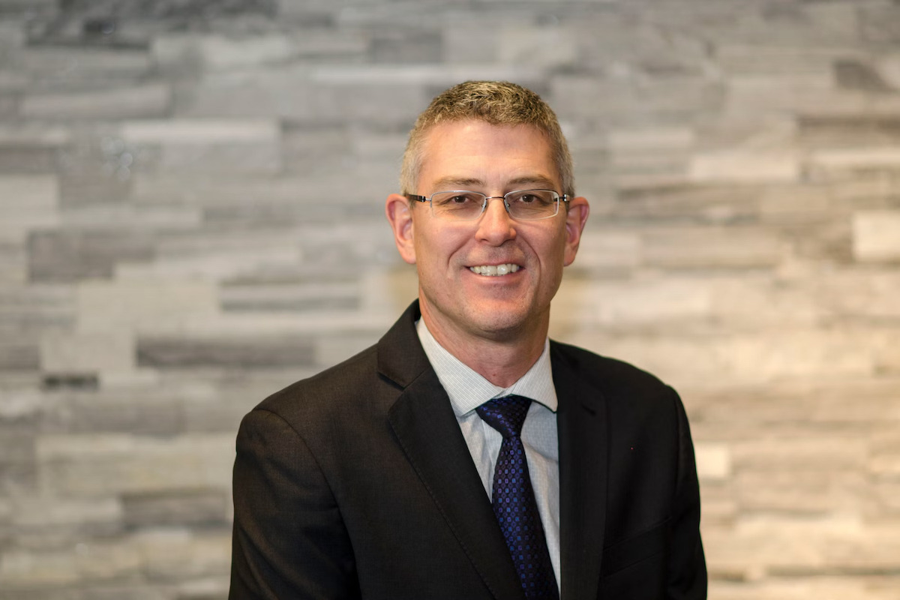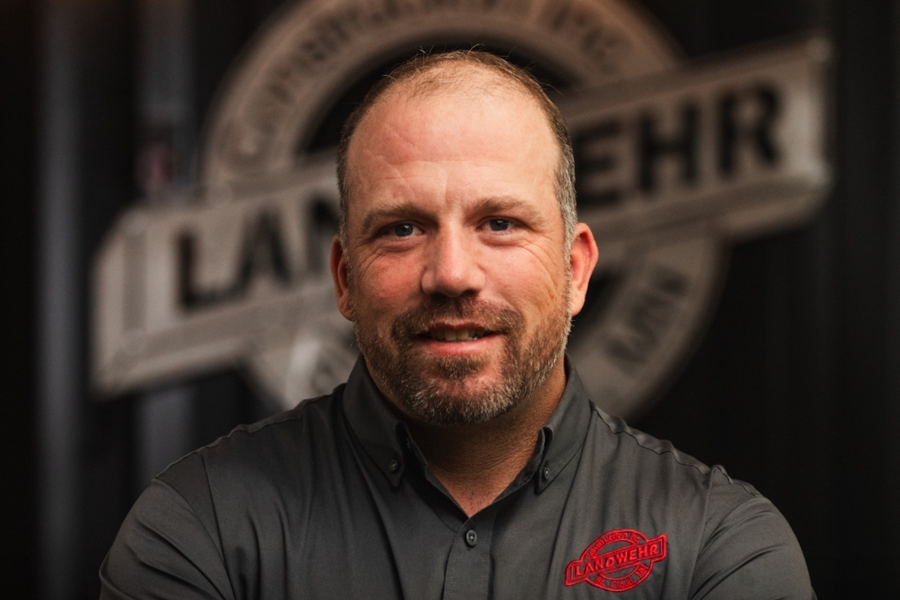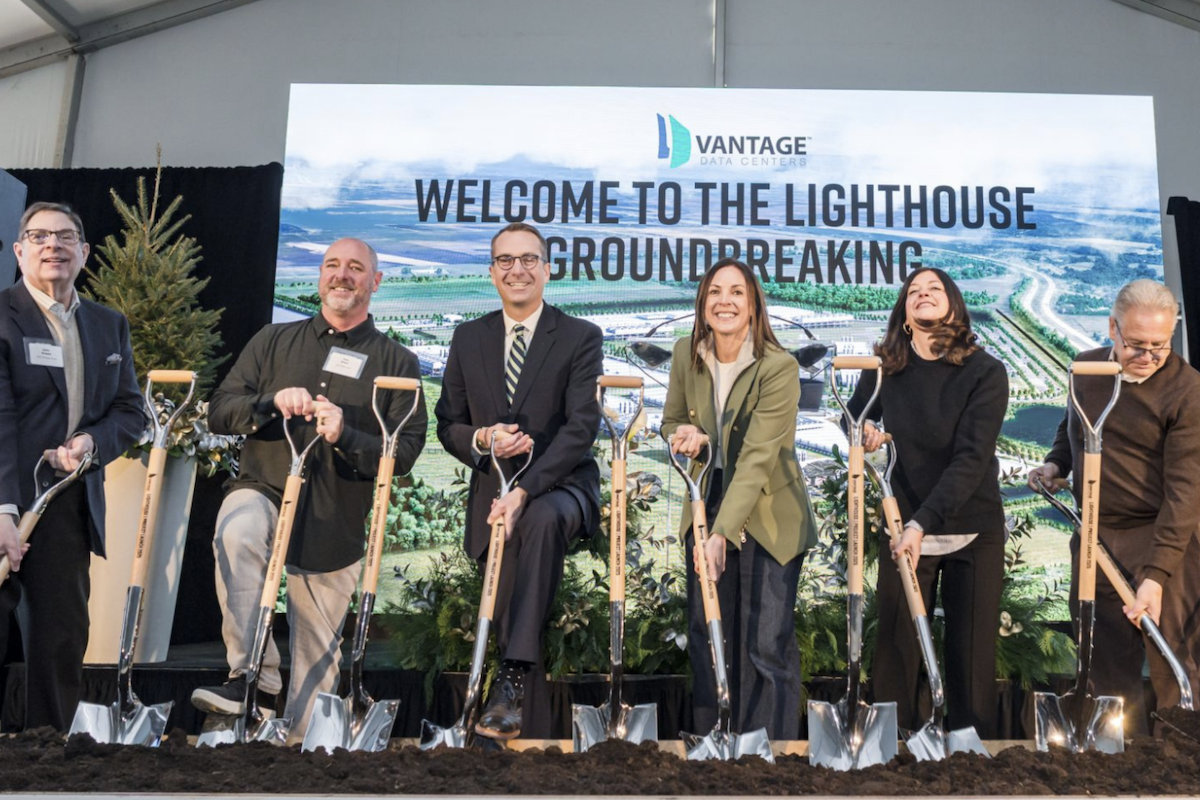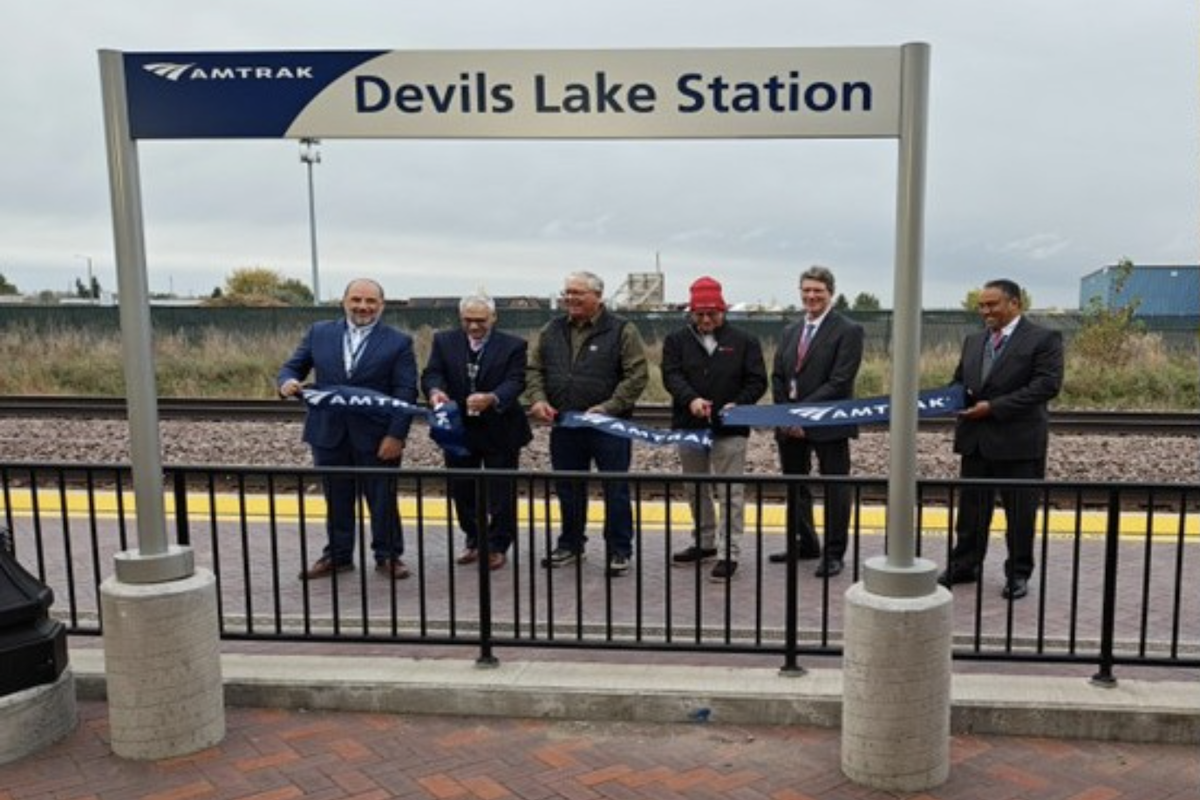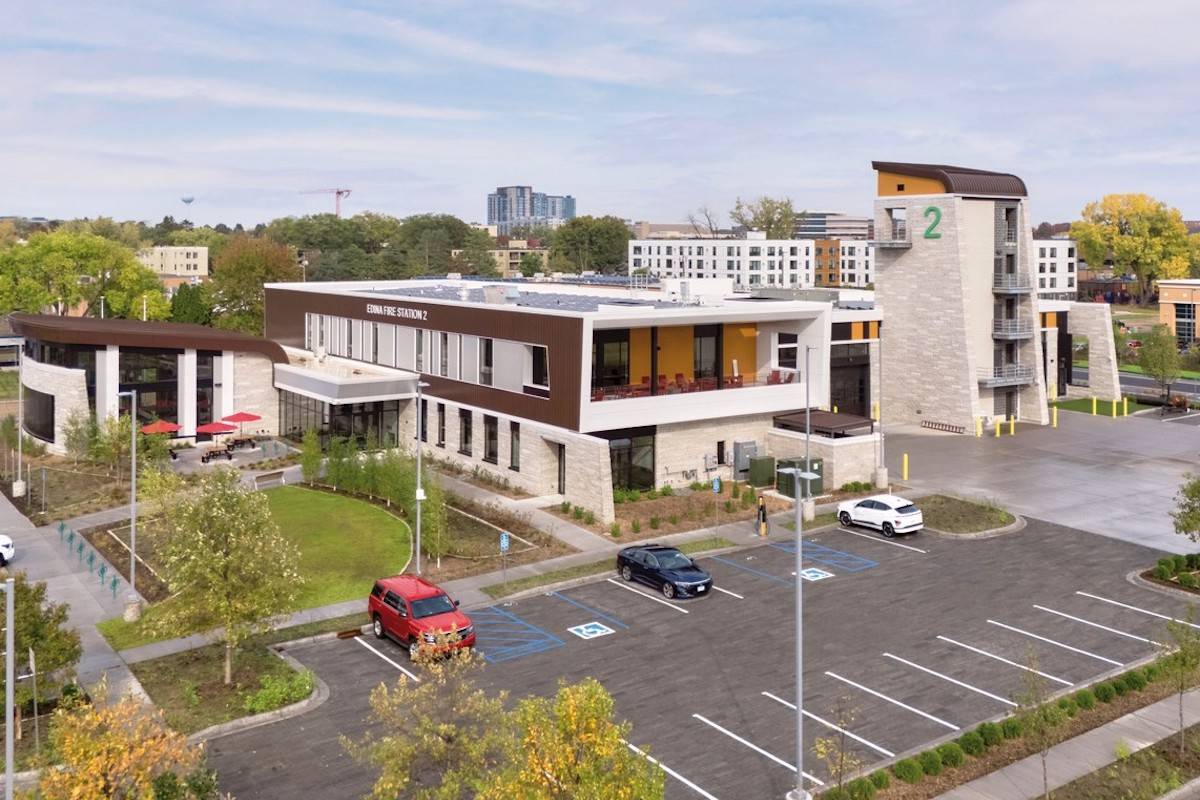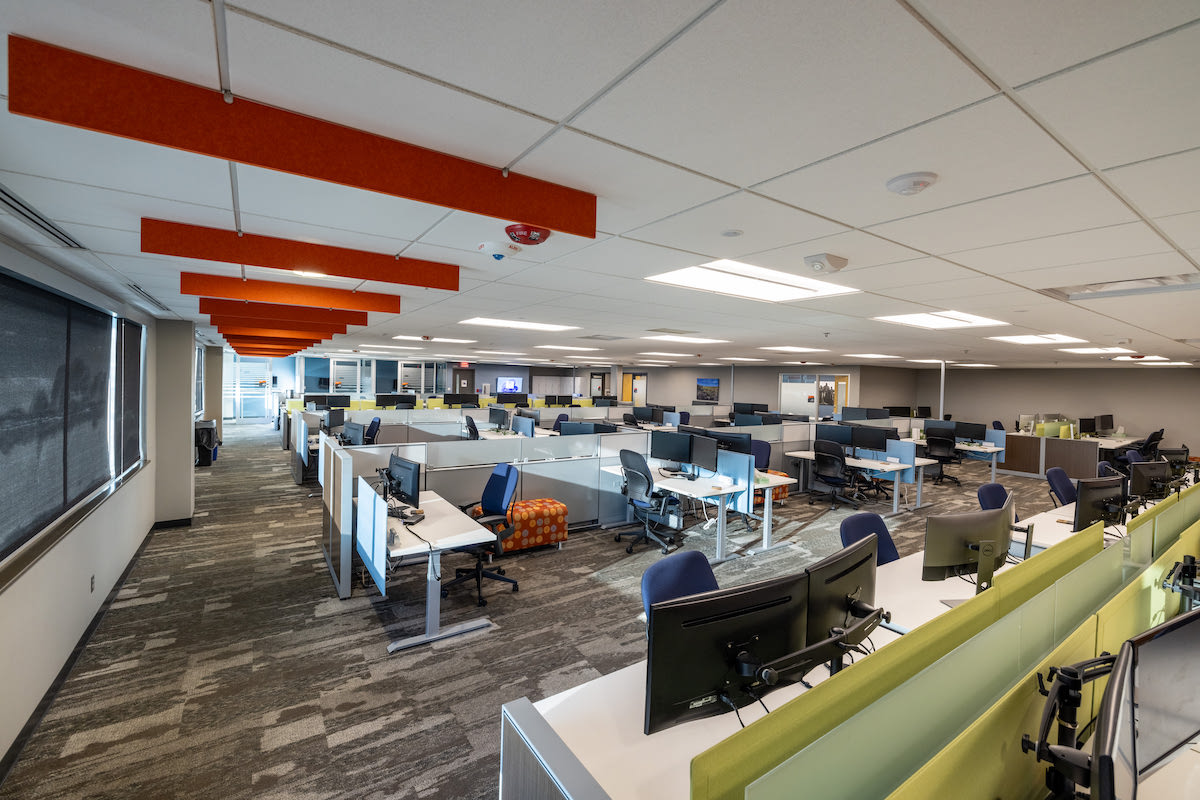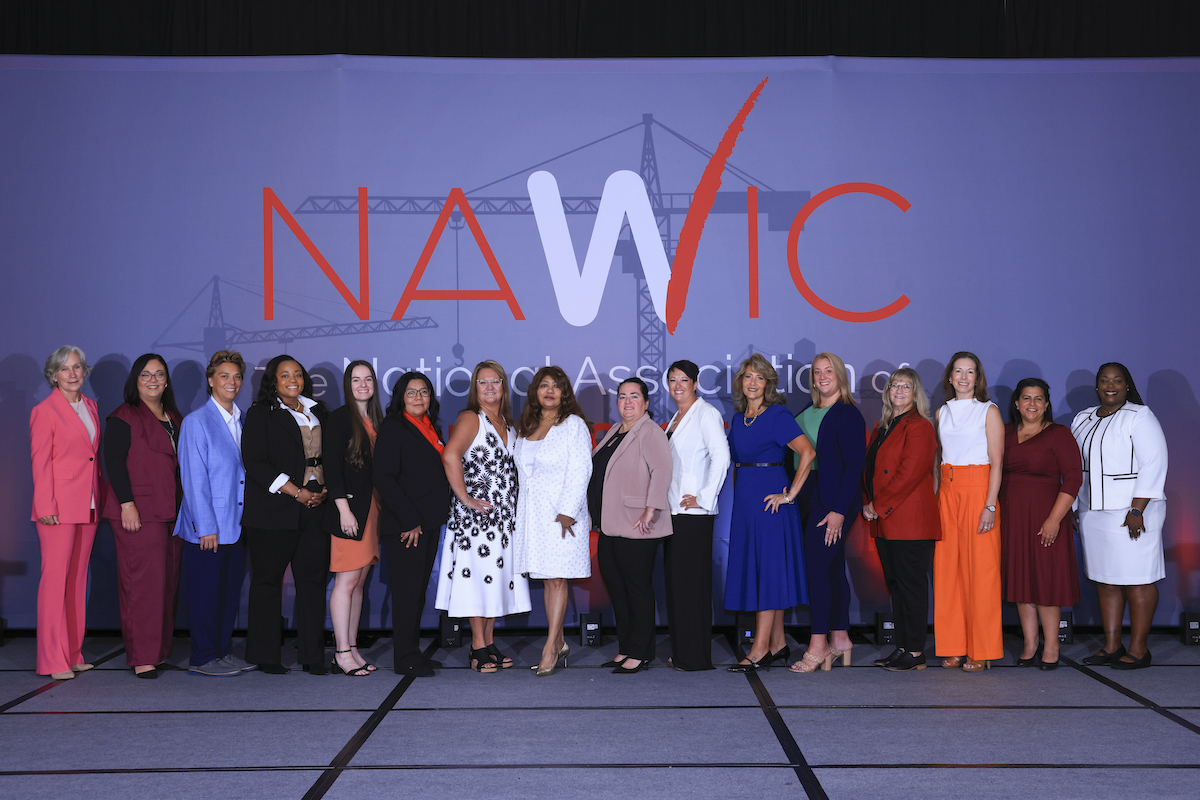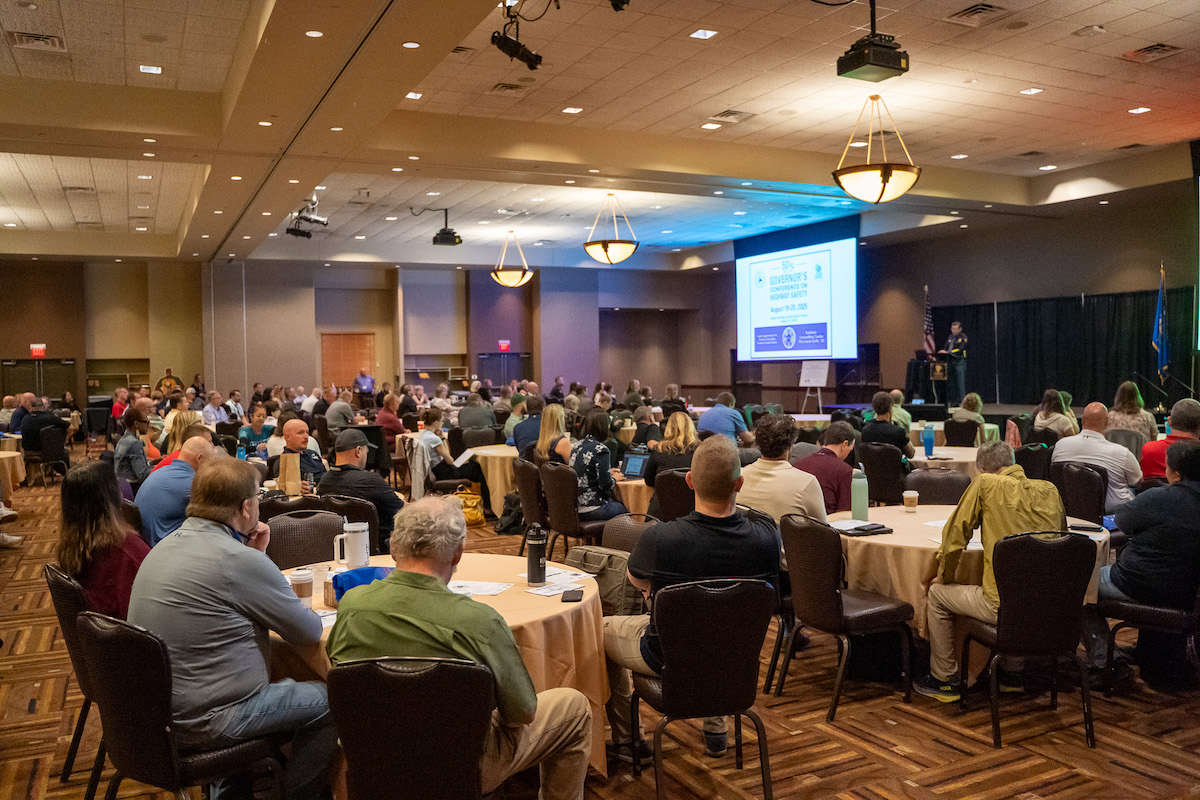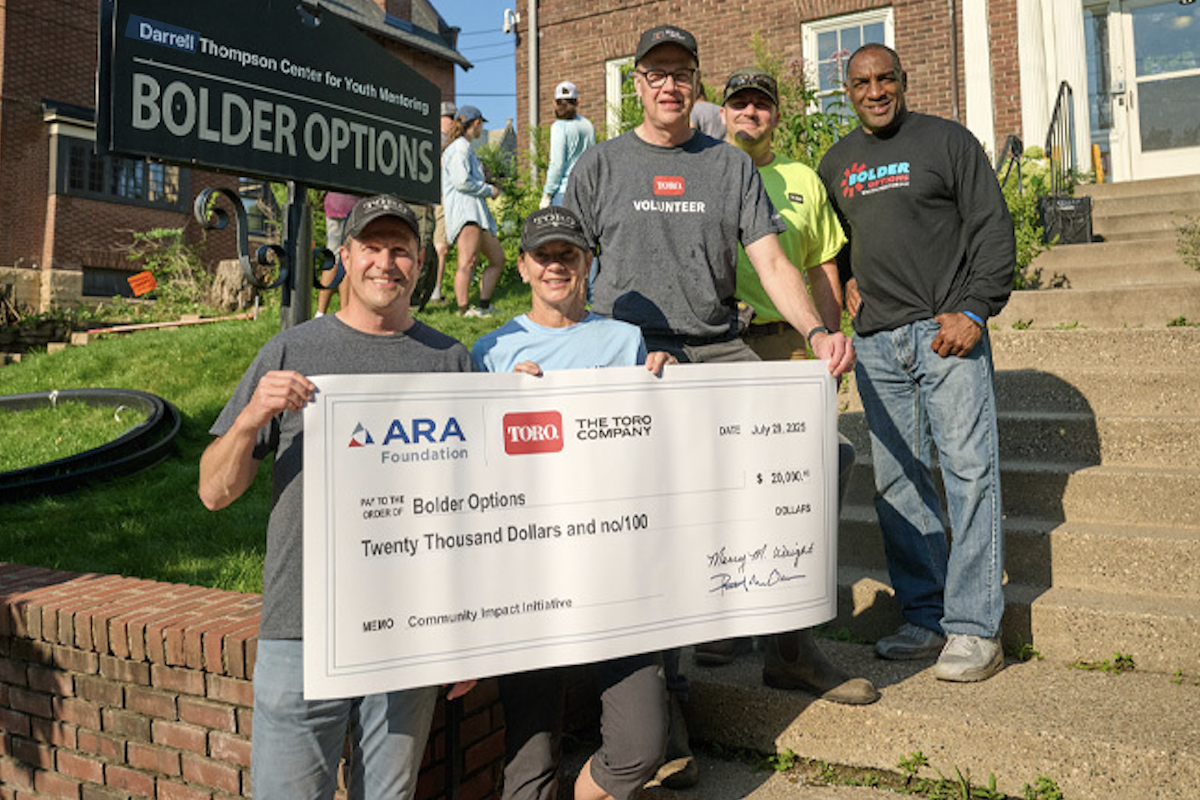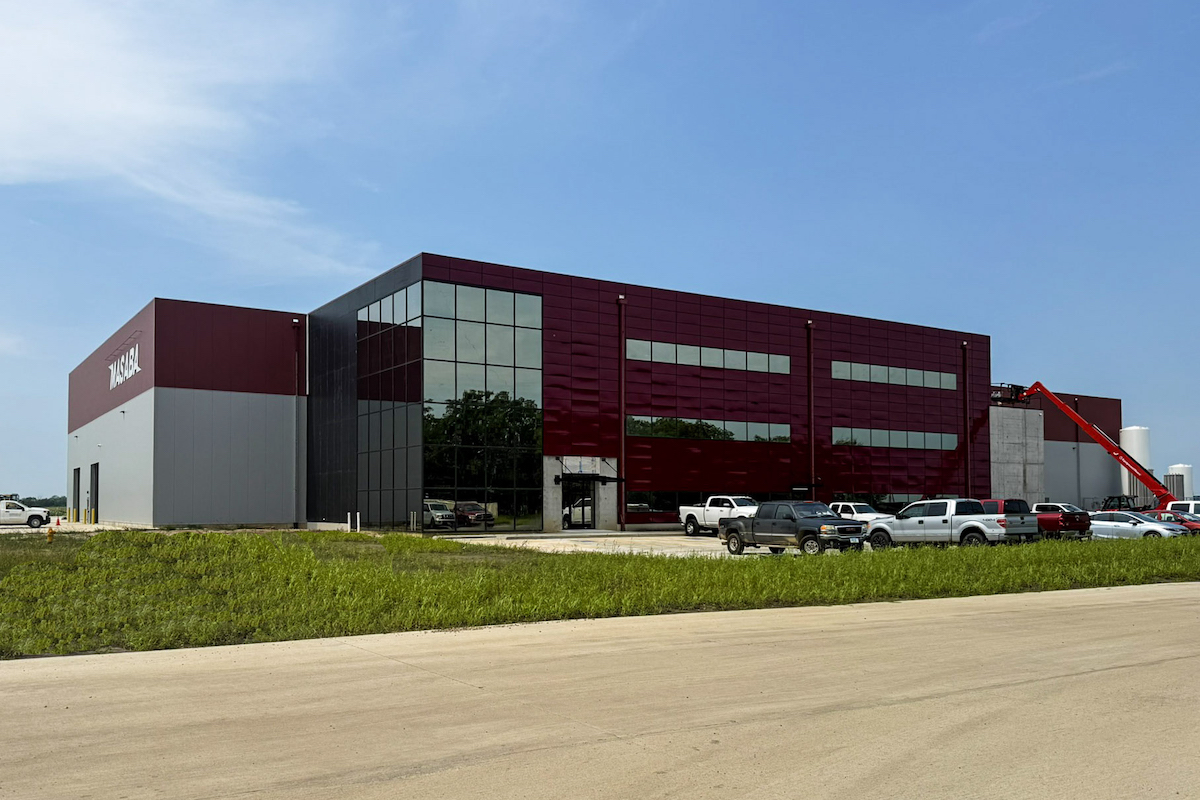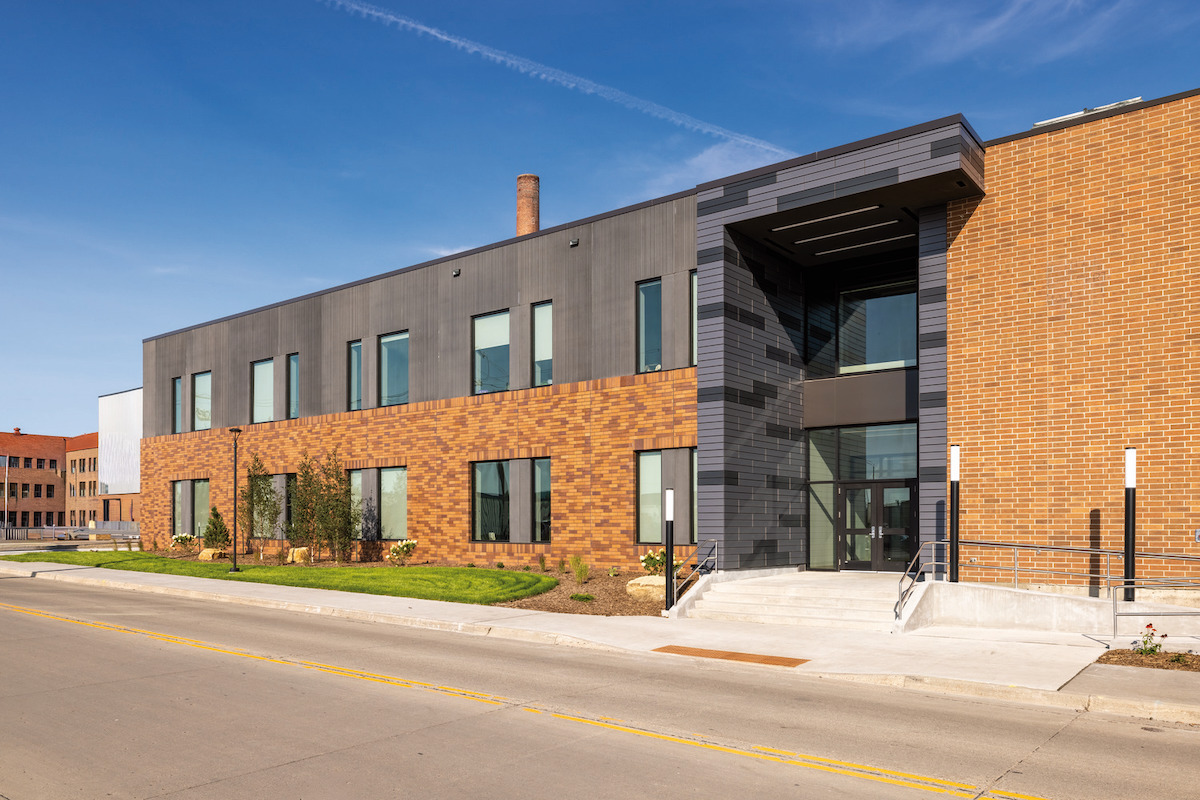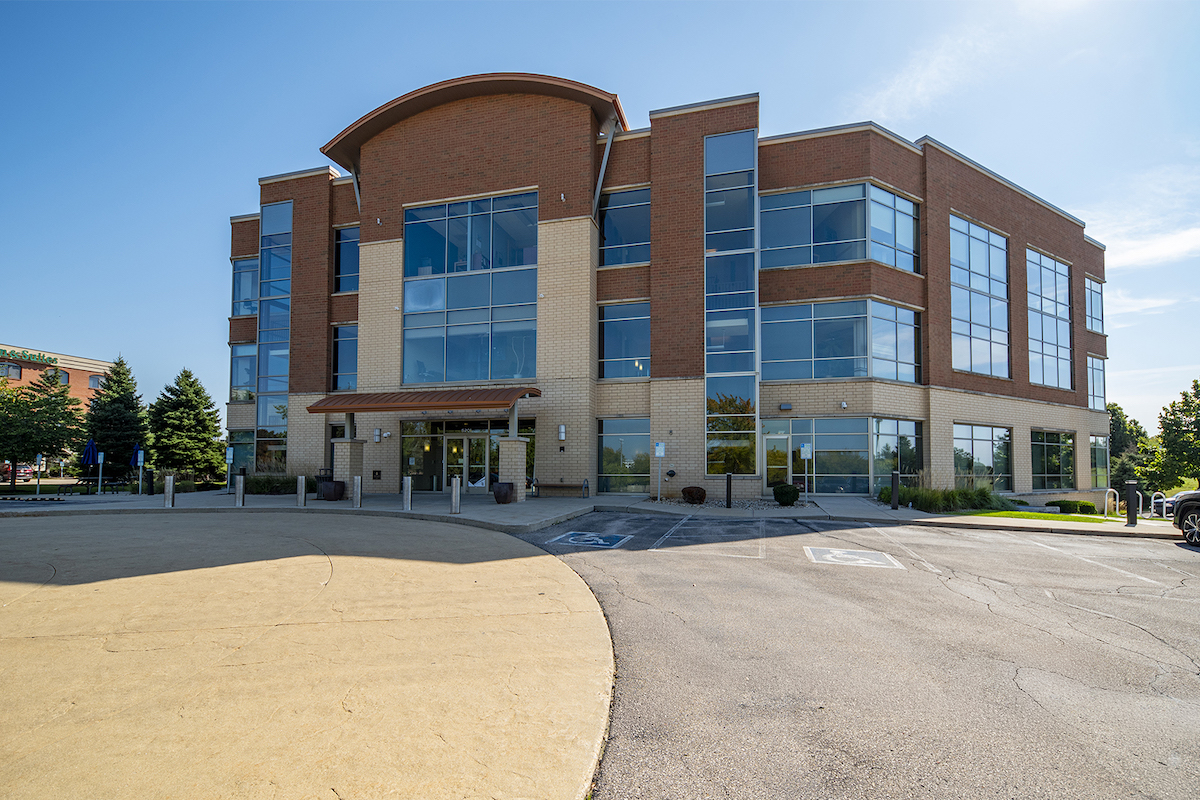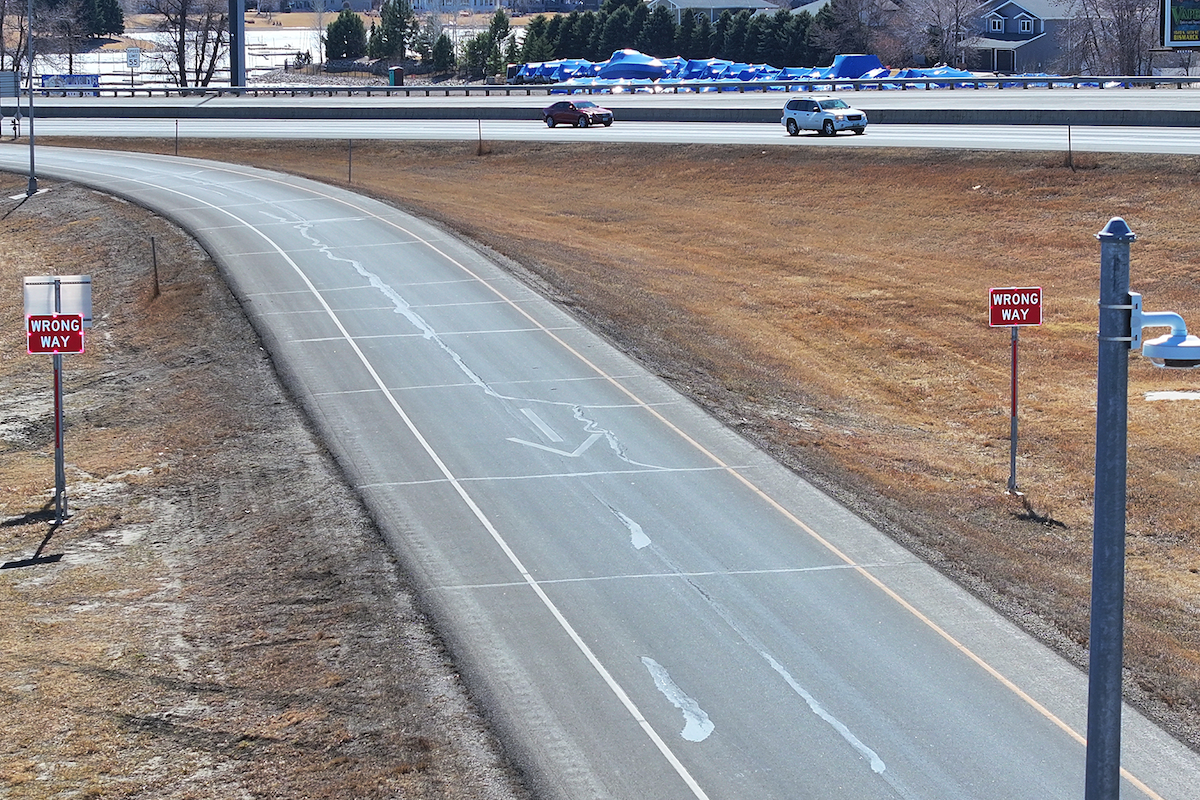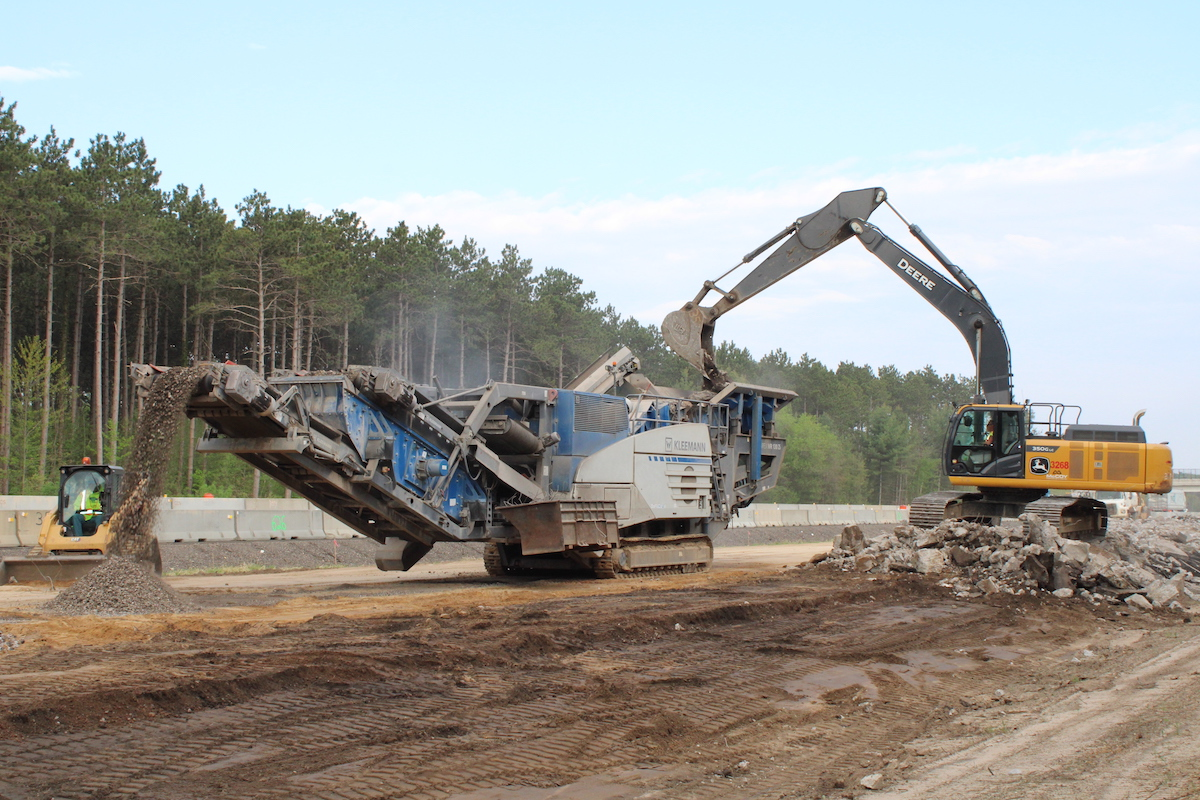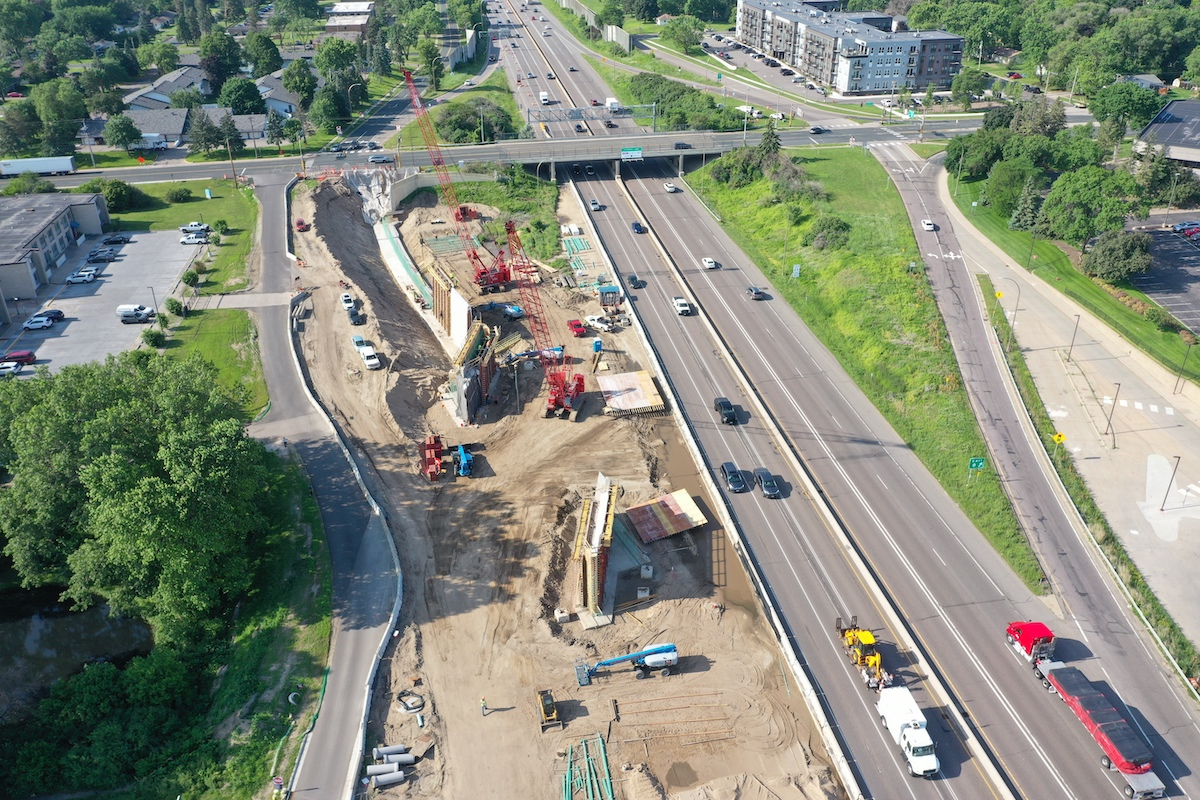Two years have passed since Congress passed the Infrastructure Investment and Jobs Act (IIJA), and hundreds of substantial infrastructure improvement projects are already in full swing across the country. Highlighted below are a few of the top-funded projects underway in Minnesota, North Dakota, South Dakota, and Wisconsin.
- $3.9 billion for transportation investments in roads, bridges, public transit, ports, and airports, as well as electric school and transit buses, electric vehicle (EV) charging, and more.
- $735.6 million for grants, rebates, and other initiatives to accelerate the deployment of clean energy, clean buildings, and clean manufacturing. This is not inclusive of the clean energy tax incentives from the Inflation Reduction Act.
- $84.9 million to make communities more resilient to climate change and other threats.
- $272.2 million to provide clean water across Minnesota and improve water infrastructure. This includes $81.2 million dedicated to lead pipe and service line replacement.
IIJA Funding: $141.9 million
Start Date: October 2020
End Date: 2024
The reconstruction of the I-35/I-535/Hwy 53 interchange will enhance safety by eliminating blind merges and left exits and by replacing aging infrastructure. The project will better accommodate freight movements through the interchanges next to the Clure Public Terminal. All exits and entrances will be relocated to the right side of the roadway, and problems with merging and weaving will be eliminated by way of a new conventional design.
METRO Gold Line Bus Rapid Transit
IIJA Funding: $139.3 million
Start Date: 2022
End Date: 2025

| Your local Volvo Construction Equipment dealer |
|---|
| Nuss Truck & Equipment |
As Minnesota’s first bus rapid transit line to operate primarily within bus-only lanes, the METRO Gold Line will connect people to job centers, housing options, transit stations, and key destinations in the Interstate 94 corridor. The planned 10-mile bus rapid transit (BRT) line will connect St. Paul, Maplewood, Landfall, Oakdale, and Woodbury generally along I-94 with frequent, all-day service in both directions.
Southwest Light Rail Transit Project
IIJA Funding: $74.3 million
Start Date: 2019
End Date: 2027
The METRO Green Line Extension (also known as the Southwest light rail project, or SWLRT) adds 14.5 miles to the existing METRO Green Line, which connects downtown Minneapolis, downtown St. Paul, and places in between. Sixteen new stations with connections to streets and trails will be built, attracting new residential and commercial development.
“As we confront the climate crisis and work to reduce racial disparities, this project is putting our region quite literally on track for long-term success,” said Marion Greene, Hennepin County Commissioner. “It will reduce our reliance on cars, offer accessible multimodal transportation choices, and drive inclusive development and investment that will benefit all residents. ... We’re closer than ever to realizing the lasting benefits of Southwest Light Rail, and I’m excited by the progress being made.”
- $1.4 billion for transportation investments in roads, bridges, public transit, ports, and airports, as well as electric school and transit buses, EV charging, and more.
- $280 million for grants, rebates, and other initiatives to accelerate the deployment of clean energy, clean buildings, and clean manufacturing. This is not inclusive of the clean energy tax incentives from the Inflation Reduction Act.
- $586.9 million to make communities more resilient to climate change and other threats.
- $298.1 million to provide clean water across North Dakota and improve water infrastructure. This includes $57 million dedicated to lead pipe and service line replacement.
IIJA Funding: $437 million
Start Date: 2021
End Date: Spring 2027
New infrastructure will divert storm water from the Red River away from nearby residential areas, which are regularly affected by flooding. The flood protection canal has been designed to mitigate the impact of climate change, particularly the threat of flooding. Once completed, the flood diversion project will protect more than 235,000 people in the primary population areas between Fargo and Moorhead.
“Not only are we providing permanent flood protection for 235,000 people — and their homes, businesses, and property — we are giving the river back to the community,” said Esther Madrigal Diez, former Red River Valley Alliance CEO and Project Manager. “This peaceful, sustainable, protective piece of long-lasting infrastructure will offer more ways for people to connect with nature with things like trails for walking and biking and aqueducts with lookout points.”
University of North Dakota Energy & Environmental Research Center
IIJA Funding: $38.1 million
Start Date: Fall 2023
End Date: Fall 2026
The University of North Dakota Energy & Environmental Research Center (EERC) intends to characterize and permit a geologic carbon dioxide (CO2) storage hub in central North Dakota to store up to 200 million metric tons of CO2. The proposed storage hub will aggregate CO2 captured from the Coal Creek Station (CCS) power plant and will advance the development of carbon capture and storage at Coal Creek, which will reduce 95 percent of the CO2 emissions from the plant, representing a 19 percent reduction of CO2 from North Dakota’s stationary sources.
“North Dakota is uniquely ideal for CCS projects,” EERC CEO Charles Gorecki said. “We have the right geology and regulatory framework to capture and store CO2 safely and permanently. With these technologies, we don’t have to choose between reliable and clean energy.”
Implementation of carbon capture and storage at Coal Creek will supply members of the Midwest Independent System Operators, including Minnesota and the disadvantaged communities there, as well as others in the surrounding Midwest area, with reliable low-carbon-baseload power.
Garrison Dam Spillway Improvement Project
IIJA Funding: $20.2 million
Start Date: 2029
End Date: 2035
The U.S. Army Corps of Engineers, Omaha District, completed a Dam Safety Modification Study in June 2023 at Garrison Dam, near Riverdale, North Dakota, to evaluate what repairs or improvements are needed to address structural concerns at certain places at the project, primarily within the spillway.
“The dam, built in the 1950s, was not originally designed for the reservoir elevations and spillway releases that would be expected under today’s conditions,” said Andrew Barry, Chief of the USACE Omaha District’s Dam Safety Production Center. “Modifying the spillway and other structural work will help ensure the dam and spillway can be operated at the full range of potential flows and continue to reduce the impact of flooding on people and property downstream of the dam.”
The project calls for the full replacement of the spillway’s drainage system to remove manhole covers from inside the spillway to prevent the covers from dislodging during future spillway operations.
- $1.5 billion for transportation investments in roads, bridges, public transit, ports, and airports, as well as electric school and transit buses, EV charging, and more.
- $116 million for grants, rebates, and other initiatives to accelerate the deployment of clean energy, clean buildings, and clean manufacturing. This is not inclusive of the clean energy tax incentives from the Inflation Reduction Act.
- $52.5 million to make communities more resilient to climate change and other threats.
- $336.9 million to provide clean water across South Dakota and improve water infrastructure. This includes $57 million dedicated to lead pipe and service line replacement.
IIJA Funding: $75.5 million
Start Date: 2022
End Date: 2025
The Lewis & Clark Regional Water System delivers water from an aquifer near Vermillion to communities in South Dakota, Iowa, and Minnesota. Officials are planning to expand the system by 16 million gallons a day, creating a total of 60 million gallons of capacity by 2030. The latest round of funding will complete 35 miles of service line to Madison, South Dakota, 17 miles of service line from Hull, Iowa, to Sheldon, Iowa, additional meter buildings, and a pump station near Hull.
“Under the Biden-Harris administration, the department is committed to bringing clean, reliable drinking water to rural communities to help strengthen resilience to climate change,” said Tanya Trujillo, U.S. Department of the Interior Assistant Secretary for Water and Science. “The significant amount of funding for rural water construction from the Bipartisan Infrastructure Law will help us expedite project completion."
Oglala Dam Repair
IIJA Funding: $45.6 million
Start Date: 2019
End Date: 2026
The Oglala Dam provides drinking water, irrigation water, and recreation opportunities to support the local economy. The reservoir formed by Oglala Dam was drained in 2019 to protect communities downstream following flood damage that compromised the spillway and outlet works. The project will restore an important local water supply for the Pine Ridge community.
“This project will reduce flooding risk to communities, while enabling the Oglala Sioux Tribe to continue to manage precious natural resources,” said Bryan Newland, U.S. Department of the Interior Assistant Secretary for Indian Affairs. “This investment from the Bipartisan Infrastructure Law is an example of how we’re working to uphold our trust and treaty responsibilities and revitalize Tribal communities.”
I-90 Exit 37 Reconstruction
IIJA Funding: $17.1 million
Start Date: Spring 2022
End Date: December 2023
The I-90 Exit 37 Reconstruction project includes the reconstruction of the Exit 37 Interchange, eastbound grading and paving on I-90 from west of Exit 37 to the Tilford port of entry (POE), drainage structure extensions, installation of pipe culverts, installation of a commercial vehicle electronic screening system, and the construction of a new port of entry building.
Capt. Jon Stahl, South Dakota Highway Patrol District Four Commander, oversees the POE stations. “By working with the SDDOT [South Dakota Department of Transportation], we were able to replace aging and outdated equipment with new technology,” he said. “The new facility uses electronic pre-screening of trucks and an indoor inspection building to reduce down-time for drivers and gets them back on the road faster. The result is a safer highway for everyone.”
- $3.8 billion for transportation investments in roads, bridges, public transit, ports, and airports, as well as electric school and transit buses, EV charging, and more.
- $280.6 million for grants, rebates, and other initiatives to accelerate the deployment of clean energy, clean buildings, and clean manufacturing. This is not inclusive of the clean energy tax incentives from the Inflation Reduction Act.
- $111.6 million to make communities more resilient to climate change and other threats.
- $369.1 million to provide clean water across Wisconsin and improve water infrastructure. This includes $129.5 million dedicated to lead pipe and service line replacement.
IIJA Funding: $123.5 million
Start Date: Late 2021
End Date: Mid-2025
Improvements to be constructed along the 14 miles of I-43 in Milwaukee and Ozaukee Counties include the expansion of I-43 from four to six lanes, the reconstruction of five existing interchanges along the corridor, the construction of a brand-new interchange at Highland Road, replacement of the Union Pacific railroad bridge, and the expansion of Port Washington Road in Glendale. These improvements will accommodate existing and projected traffic volumes, address pavement and structural needs, and improve safety by modernizing the corridor using design standards.
I-39/90/94 Bridge over Wisconsin River
IIJA Funding: $80 million
Start Date: Spring 2019
End Date: 2024-2026
Constructed in 1961 and nearing the end of their operational life, the I-39/90/94 bridges over the Wisconsin River need to be replaced. Improvements include replacing the existing Wisconsin River bridges and adding one new bridge to the east of the existing bridges and one new bridge at approximately the same location as the existing bridges. An additional 1.4 miles of the eastbound interstate and 1.8 miles of the westbound interstate will be reconstructed to accommodate the new bridge locations.
Madison, East-West BRT
IIJA Funding: $45.1 million
Start Date: 2019
End Date: Mid-2024
The City of Madison will implement a BRT project running east-west through downtown and the University of Wisconsin Madison campus. The East-West BRT will consist of three service patterns which overlap through the core of the system. The project includes 8.2 miles of exclusive bus lanes, the purchase of 41 buses, and upgrades to the existing bus maintenance facility. Planned to accommodate the projected increase in travel demand, the East-West BRT will improve transit travel times and provide higher and more regular transit service levels to Madison residents.













